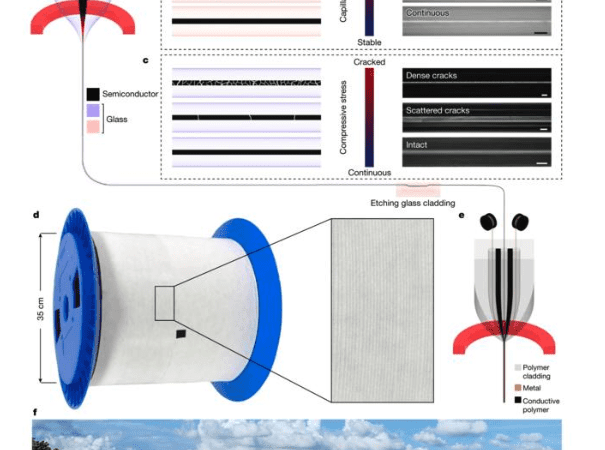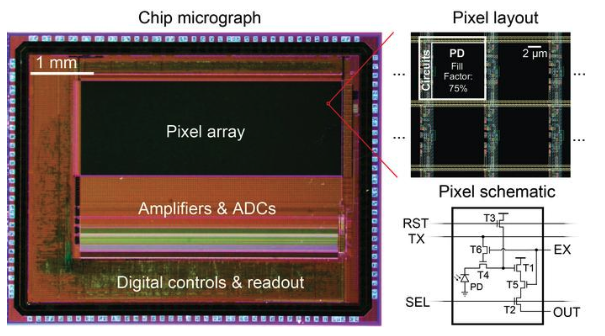Worldwide chip sales increase 1.1% month-to-month in April, marking first month-to-month growth of 2024.
Semtech Appoints Semiconductor Industry Leader, Hong Q. Hou, as President and CEO
Semtech Corporation, a high-performance semiconductor, IoT systems, and connectivity service provider, today announced the appointment of Dr. Hong Q. Hou, a current member of the Semtech Board of Directors, as President and Chief Executive Officer, effective June 6, 2024.
SIAT and NTU Develop Advanced Semiconductor Fiber Technology
The Shenzhen Institute of Advanced Technology (SIAT) of the Chinese Academy of Sciences collaborated with Nanyang Technological University (NTU) in Singapore to develop a mass production technology for high-quality semiconductor silicon and germanium fibers.
With Programmable Pixels, Novel Sensor Improves Imaging of Neural Activity
New camera chip design allows for optimizing each pixel’s timing to maximize signal to noise ratio when tracking real-time visual indicator of neural voltage.
Alphawave Semi Collaborates with Arm on High-Performance Compute Chiplet
Alphawave Semi has collaborated with Arm on the development of an advanced compute chiplet built on Arm Neoverse Compute Subsystems (CSS) for artificial intelligence/machine learning (AI/ML), high-performance compute (HPC), data centre and 5G/6G networking infrastructure applications.
Dataloop Integrates NVIDIA NIM to Accelerate Running and Deploying Generative AI
The Dataloop platform will integrate NVIDIA NIM inference microservices to help AI and developer teams seamlessly integrate generative AI into AI applications.
xMEMS Labs Debuts Cutting-Edge Reference Designs for True Wireless Stereo Earbuds and In-Ear-Monitors
Accelerating the adoption of solid-state micro speakers in consumer audio products, MEMS audio and semiconductor pioneer xMEMS Labs today announced the availability of two innovative reference designs for purchase at the xMEMS web store.
SEMI 3D & Systems Summit to Highlight Heterogeneous Systems for Intelligent Decision-Making and Real-Time Applications
The SEMI 3D & Systems Summit, taking place from 12-14 June, 2024 in Dresden, will feature the forefront of technological integration.
Diamond Quanta Announces Breakthrough Findings on Novel Diamond Semiconductor Fabrication & Doping Techniques
Diamond Quanta today announced momentous breakthroughs around its proprietary, novel diamond semiconductor fabrication and doping techniques.
VIS and NXP to Establish a Joint Venture to Build and Operate a 300mm Fab
Vanguard International Semiconductor Corporation and NXP Semiconductors N.V. today announce the plan to create a manufacturing joint-venture VisionPower Semiconductor Manufacturing Company Pte Ltd. which will build a new 300mm semiconductor wafer manufacturing facility in Singapore.


